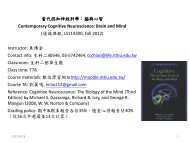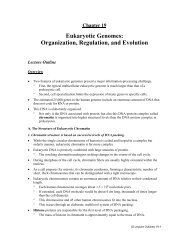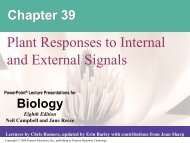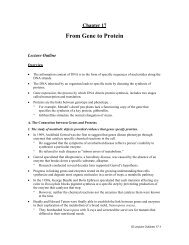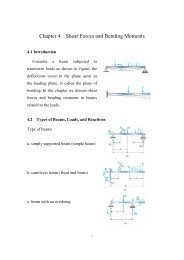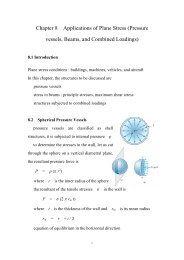8.4 The Natural Response of a Series/Parallel RLC Circuit
8.4 The Natural Response of a Series/Parallel RLC Circuit
8.4 The Natural Response of a Series/Parallel RLC Circuit
- No tags were found...
Create successful ePaper yourself
Turn your PDF publications into a flip-book with our unique Google optimized e-Paper software.
<strong>8.4</strong> <strong>The</strong> <strong>Natural</strong> <strong>Response</strong> <strong>of</strong> a <strong>Series</strong>/<strong>Parallel</strong><strong>RLC</strong> <strong>Circuit</strong>• <strong>The</strong> damping effect is due to the presence <strong>of</strong> resistance R .• <strong>The</strong> damping factor α determines the rate at which theresponse is damped .• If R=0 , the circuit is said to be lossless and theoscillatory response will continue .• <strong>The</strong> damped oscillation exhibited by the underdampedresponse is known as ringing . It stems from the ability <strong>of</strong>the L and C to transfer energy back and forth betweenthem .C.T. Pan 31<strong>8.4</strong> <strong>The</strong> <strong>Natural</strong> <strong>Response</strong> <strong>of</strong> a <strong>Series</strong>/<strong>Parallel</strong><strong>RLC</strong> <strong>Circuit</strong>Step 3 : Initial Condition+ + −t = 0, i(0 ) = i(0 ) = IFrom mesh equation , let t = 0+1 0+ d +Ri(0 ) + L i(0 ) + idt 0dt C∫=−∞d + R + V0R∴ i(0 ) =− i(0 ) − =− Idt L L L0+0V0−LC.T. Pan 32




